- عنوان کتاب: Animals in Eden
- نویسنده: Paul J. Smith
- حوزه: اسلام
- سال انتشار: 2022
- تعداد صفحه: 259
- زبان اصلی: انگلیسی
- نوع فایل: pdf
- حجم فایل: 10.4 مگابایت
این کتاب، اثری ماندگار است. در دهه ۱۹۹۰، من به این موضوع علاقهمند شدم – تصویرسازی تصویری و ادبی از حیواناتی که آدم و حوا را در لحظه هبوط احاطه کرده بودند. در ابتدا، این امر منجر به انتشار مقالات جداگانهای در مورد صحنههای بهشت در آثار کورنلیس ون هارلم (۱۹۹۹)، دورر (۲۰۰۱) و یان بروگل و روبنس (۲۰۰۷) شد. به تدریج، ایده تهیه یک تکنگاری از این موضوع به وجود آمد، تکنگاریای که میتوانست به عنوان بخشی از پروژه تحقیقاتی NWO (شورای تحقیقات هلند) با عنوان «بازنماییهای فرهنگی طبیعت زنده: پویایی ضبط واسطهای در متن و تصویر» (حدود ۱۵۵۰-۱۶۷۰) که از سال ۲۰۱۰ تا ۲۰۱۵ در LUCAS (مرکز هنر در جامعه دانشگاه لیدن) انجام شد، تحقق یابد. با این حال، در مجموع، هنوز سالهای زیادی طول کشید تا همه بینشهای قبلی و جدید و یافتههای جدید بتوانند در قالب یک کتاب در یک کل منسجم گرد هم آیند. این کتاب شامل ۱۰ فصل است که فصلهای ۱، ۳ و ۱۰ جدید هستند. فصلهای دیگر از ترجمههای اقتباسی (از فرانسوی و هلندی) و بازنویسیهای بهروز شده از مقالاتی که قبلاً به زبان انگلیسی منتشر شدهاند، گرفته شدهاند: – فصل ۲ بر اساس مقالات من با عنوان «گوزن مالیخولیایی. نمادگرایی حیوانی و ابهام زبانی در کتاب سقوط انسان اثر آلبرشت دورر (۱۵۰۴) و تئاتر موروم اثر اگیدیوس سادلیر (۱۶۰۹)»، در Bogaards P. – Rooryck J. – Smith P.J. (ویراستاران)، Quitte ou Double Sens. Articles sur l’ambiguïté offerts à Ronald Landheer (Amsterdam – New York, NY: 2001) 333–343، و «بازخوانی بازنماییهای سقوط انسان اثر دورر»، در Enenkel K.A.E. – اسمیت پی جی (ویراستار)، جانورشناسی در فرهنگ مدرن اولیه. تقاطع های علم، الهیات، فلسفه، و آموزش سیاسی و مذهبی (لیدن – بوستون: 2014) 301-328. -فصل 4 ترجمهای کاملاً اصلاحشده از مقاله من «هنر و علم: le défilé des animaux dans L’Arche de Noé sur le Mont Ararat, peinture de Simon de Myle (1570)» است، در Gendt A.M. de – Montoya A.C. (eds.), La pensée sérielle, du Moyen Age aux Lumières (لیدن – بوستون 2019) 194–217. -فصل 5 بر اساس «افسانه و نشان در سقوط انسان (1592) اثر کورنلیس ون هارلم»، در Manning J. – Porteman K. – Vaeck M. van (ویرایشگران)، The Emblem Tradition and the Low Countries (Turnhout: 1999) 281–302 است. -فصل 6 از مقالات من “L’ornithologie de Du Bartas: histoire naturelle et typologie biblique” در Bjaï D. (ed.), La Sepmaine de Du Bartas, ses lecteurs et la Science du Temps (ژنو: 2015) 121-14 تشکیل شده است. «موضوعات ایکتیولوژیکی استقبال اروپایی از دوبارتا»، در Pouey-Mounou A.-P. – اسمیت پی. جی. (ویراستاران) رونسارد و دو بارتاس در اروپای مدرن اولیه (لیدن – بوستون: 2021) 255–279؛ و سخنرانی تودیعی من با عنوان «Tussen taal en cultuur: de poëzie van Du Bartas» (لیدن: 2020). – فصل 7 بر اساس «اولین منظره بهشتی یان بروگل بزرگ (1594)»، در فالکه اول است. – گایردونی آ. (ویراستاران) بازاندیشی گفتگو بین امر کلامی و امر بصری. رویکردهای روششناختی به رابطه بین هنر دینی و ادبیات (1400–1700) (لیدن – بوستون: 2022) 255–274. – فصل 8 بازنویسی «همدردی در عدن. در باب بهشت با سقوط انسان اثر روبنس و بروگل»، در گوتلر سی. – نوبر دبلیو. (ویراستاران)، ارواح نادیده. بازنمایی بدن های ظریف در فرهنگ اروپایی مدرن اولیه (لیدن – بوستون: 2007) 211-244. -فصل 9 بازنویسی ترجمه شده «Diersymboliek in Rembrandts Zondeval (1638) en in Vondels Adam in ballingschap (1664)»، De zeventiende eeuw 26 (2010) 2-20 است.
This book is one of long standing. In the 1990s, I began to take an interest in the subject – the pictorial and literary depiction of the animals surrounding Adam and Eve at the moment of the Fall. Initially, this resulted in the publication of some separate articles on Paradise scenes in works of Cornelis van Haarlem (1999), Dürer (2001), and Jan Brueghel and Rubens (2007). Gradually, the idea arose to make a monograph of this, one that could be realised as part of the NWO (Dutch Research Council) funded research project Cultural Representations of Living Nature: Dynamics of Intermedial Recording in Text and Image (ca. 1550–1670), which was carried out at LUCAS (Leiden University Centre of Art in Society) from 2010 to 2015.1 All in all, however, it still took many years before all previously and newly acquired insights and new findings could be brought together into a coherent whole in book form. This book comprises 10 chapters, of which chapters 1, 3, and 10 are new. The other chapters derive from adapted translations (from French and Dutch) and updated rewritings of articles previously published in English: –Chapter 2 is based on my articles “The Melancholic Elk. Animal symbolism and linguistic ambiguity in Albrecht Dürer’s The Fall of Man (1504) and Aegidius Sadeleer’s Theatrum Morum (1609)”, in Bogaards P. – Rooryck J. – Smith P.J. (eds.), Quitte ou Double Sens. Articles sur l’ambiguïté offerts à Ronald Landheer (Amsterdam – New York, NY: 2001) 333–343, and “Rereading Dürer’s Representations of the Fall of Man”, in Enenkel K.A.E. – Smith P.J. (eds.), Zoology in Early Modern Culture. Intersections of Science, Theology, Philology, and Political and Religious Education (Leiden – Boston: 2014) 301–328. –Chapter 4 is a thoroughly reworked translation of my article “Art et Science: le défilé des animaux dans L’Arche de Noé sur le Mont Ararat, peinture de Simon de Myle (1570)”, in Gendt A.M. de – Montoya A.C. (eds.), La pensée sérielle, du Moyen Age aux Lumières (Leiden – Boston 2019) 194–217. –Chapter 5 is based on “Fable and Emblem in The Fall of Man (1592) by Cornelis van Haarlem”, in Manning J. – Porteman K. – Vaeck M. van (eds.), The Emblem Tradition and the Low Countries (Turnhout: 1999) 281–302. –Chapter 6 is composed from my articles “L’ornithologie de Du Bartas: histoire naturelle et typologie biblique”, in Bjaï D. (ed.), La Sepmaine de Du Bartas, ses lecteurs et la science du temps (Geneva: 2015) 121–142; “Ichthyological Topics of the European Reception of Du Bartas”, in Pouey-Mounou A.-P. – Smith P.J. (eds.) Ronsard and Du Bartas in Early Modern Europe (Leiden – Boston: 2021) 255–279; and my valedictory lecture Tussen taal en cultuur: de poëzie van Du Bartas (Leiden: 2020). –Chapter 7 is based on “Jan Brueghel the Elder’s First Paradise Landscape (1594)”, in Falque I. – Guiderdoni A. (eds.) Rethinking the dialogue between the verbal and the visual. Methodological approaches to the relationship between religious art and literature (1400–1700) (Leiden – Boston: 2022) 255–274. –Chapter 8 is a rewriting of “Sympathy in Eden. On Paradise with the Fall of Man by Rubens and Brueghel”, in Göttler C. – Neuber W. (eds.), Spirits Unseen. The Representation of Subtle Bodies in Early Modern European Culture (Leiden – Boston: 2007) 211–244. –Chapter 9 is a translated rewriting of “Diersymboliek in Rembrandts Zondeval (1638) en in Vondels Adam in ballingschap (1664)”, De zeventiende eeuw 26 (2010) 2–20.
این کتاب را میتوانید از لینک زیر بصورت رایگان دانلود کنید:
Download: Animals in Eden










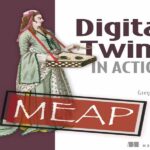


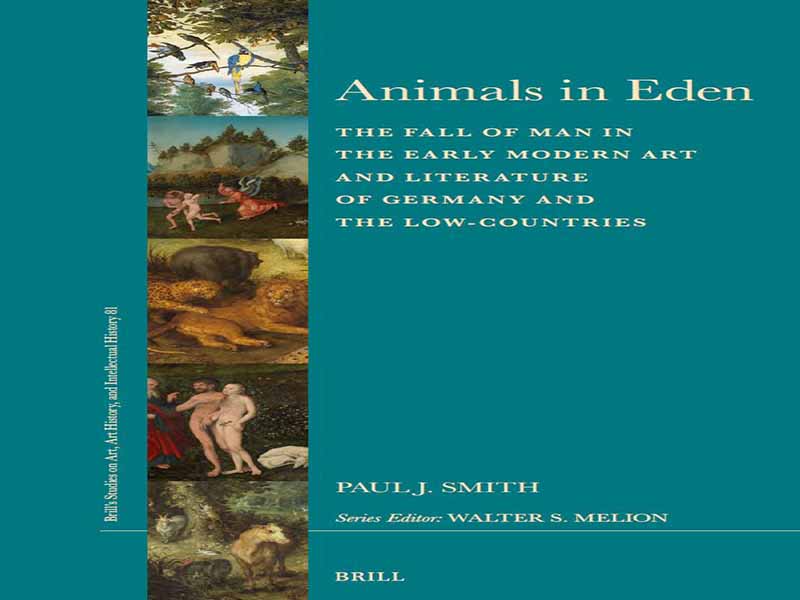





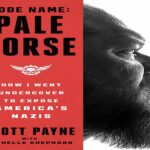

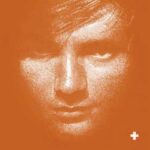
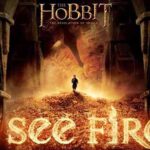



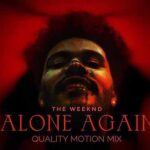








نظرات کاربران